Pit Bulls are a popular, affectionate, and strong breed, known for their muscular build and boundless energy. They are often categorized under the umbrella term “Pit Bull,” which may encompass breeds like the American Pit Bull Terrier, the American Staffordshire Terrier, and the Staffordshire Bull Terrier. These breeds, while distinct, share similar nutritional needs. Like all dog breeds, the amount of food they require is contingent on multiple factors such as age, activity level, weight, and the caloric density of their food. This article delves into how much to feed a Pit Bull to maintain optimal health and the approximate cost involved.
1. Caloric Requirements
a. Puppies: Pit Bull puppies are energetic and grow quickly. They generally require more calories per pound than adult dogs. A Pit Bull puppy may need between 50 to 70 calories per pound of body weight. For example, a 10-pound puppy might need 500 to 700 calories daily.
b. Active Adults: An adult Pit Bull that’s moderately active might need approximately 30 to 40 calories per pound of body weight. A 60-pound active adult could therefore require between 1,800 to 2,400 calories per day.
c. Sedentary Adults: For older or less active dogs, the caloric intake might be at the lower end. A sedentary adult might only require 20 to 30 calories per pound, equating to 1,200 to 1,800 calories for a 60-pound dog.
d. Pregnant or Nursing Mothers: Their energy requirements can be twice that of a regular adult dog. It’s crucial to consult a veterinarian for specific guidance during these stages.
2. Reading the Dog Food Label
Commercial dog food packaging always provides a feeding guideline based on weight. It’s essential to note that these are general guidelines. The calorie content in dog foods can vary significantly. Always refer to the caloric content and adjust based on your dog’s specific needs.
3. Factors Affecting Feeding Amount
a. Activity Level: A highly active Pit Bull who exercises rigorously will naturally require more food than a couch potato.
b. Health Conditions: Some health issues may increase or decrease appetite or caloric needs. Always consult with a vet if there are concerns about your dog’s weight or health.
c. Weight: Overweight dogs should be fed with the goal of achieving their ideal weight. Regular weight checks can help adjust feeding amounts as needed.
4. Treats and Extras
It’s easy to forget the additional calories given in the form of treats or table scraps. As a general rule, treats should not constitute more than 10% of a dog’s daily caloric intake. If you’re training your Pit Bull or rewarding them often, ensure you account for these extra calories.
5. Monthly Cost Estimation
To provide an estimate for monthly feeding costs, let’s consider a high-quality commercial dog food that costs about $2 per pound, with approximately 400 calories per cup.
If an active adult 60-pound Pit Bull requires about 2,100 calories a day:
- Daily food requirement = 2,100 calories ÷ 400 calories/cup = 5.25 cups daily.
- Monthly food requirement = 5.25 cups x 30 = 157.5 cups.
- Assuming a standard 15-pound bag provides about 60 cups of food, our Pit Bull would need roughly 2.6 bags a month.
- Monthly cost = 2.6 bags x $30 (assuming $2 per pound) = $78.
This is a rough estimate. Prices can vary based on the brand, region, and any discounts or promotions. Additionally, incorporating homemade meals, treats, or supplemental items will alter this cost.
Our 5 Top Foods for Pit Bulls
The diets were selected by our founder Justin Palmer, a certified canine nutrition expert, specifically with Pit Bulls in mind:
Conclusion
Feeding your Pit Bull requires a mix of understanding their individual needs and being attentive to the nutritional value of their food. While it’s tempting to go by the dog food label alone, adjusting based on activity levels, age, and weight ensures optimal health. Regular vet check-ups will provide insights into any necessary dietary adjustments. And while feeding a Pit Bull might be an investment, their companionship, loyalty, and love are priceless returns.
Frequently Asked Questions About Feeding a Pit Bull

1. What type of food is best for a Pit Bull?
High-quality commercial dog food or a well-balanced homemade diet, rich in protein and healthy fats, is ideal for Pit Bulls. Look for foods with whole meat as the primary ingredient and avoid those with excessive fillers or artificial additives. Additionally, always consult with a veterinarian for specific dietary recommendations for your individual dog.
2. How often should I feed my Pit Bull?
Adult Pit Bulls should typically be fed twice a day, once in the morning and once in the evening. Puppies, on the other hand, require more frequent feedings, usually 3-4 times a day, to support their rapid growth and higher energy needs.
3. Can Pit Bulls eat raw food?
Yes, many Pit Bull owners choose a raw or “BARF” (Biologically Appropriate Raw Food) diet. However, if considering this option, it’s essential to ensure it’s balanced, and you’re aware of potential risks such as bacterial contamination. Always consult a vet before transitioning your dog to a raw diet.
4. How do I know if my Pit Bull is overweight?
Signs of an overweight Pit Bull include difficulty in feeling the ribs, a sagging stomach, or a lack of waist definition when viewed from above. If unsure, a veterinarian can assess your dog’s weight and provide guidance on weight management.
5. Are there foods I should avoid giving my Pit Bull?
Yes, several foods are toxic or harmful to dogs, including chocolate, grapes, raisins, onions, garlic, xylitol (an artificial sweetener), and alcohol. Always be cautious about the foods you offer, and when in doubt, consult with a veterinarian.
6. Should I give my Pit Bull supplements?
While a balanced diet should provide all the essential nutrients, some Pit Bulls might benefit from specific supplements like glucosamine for joint health or omega-3 fatty acids for coat health. Always discuss with a vet before introducing any supplements to your dog’s diet.
7. How much water should my Pit Bull drink?
A general guideline is that dogs should drink between 0.5 to 1 ounce of water per pound of body weight daily. Ensure your Pit Bull always has access to fresh water, especially after exercise or during hot weather.
8. Is it okay to feed my Pit Bull human food?
While some human foods are safe and nutritious for dogs, it’s essential to ensure they’re given in moderation and are dog-safe. Avoid fatty, spicy foods, and always be aware of toxic foods. It’s best to offer human food as an occasional treat rather than a regular part of their diet.
9. How can I tell if my Pit Bull has food allergies?
Symptoms of food allergies can include itching, redness, ear infections, and gastrointestinal issues. If you suspect your Pit Bull has a food allergy, consult with a veterinarian. They might recommend an elimination diet to identify the allergen.
10. Can I make homemade food for my Pit Bull?
Yes, homemade diets can provide excellent nutrition for your Pit Bull if appropriately formulated. If considering this route, consult with a veterinarian or a canine nutritionist to ensure the diet meets all your dog’s nutritional needs.
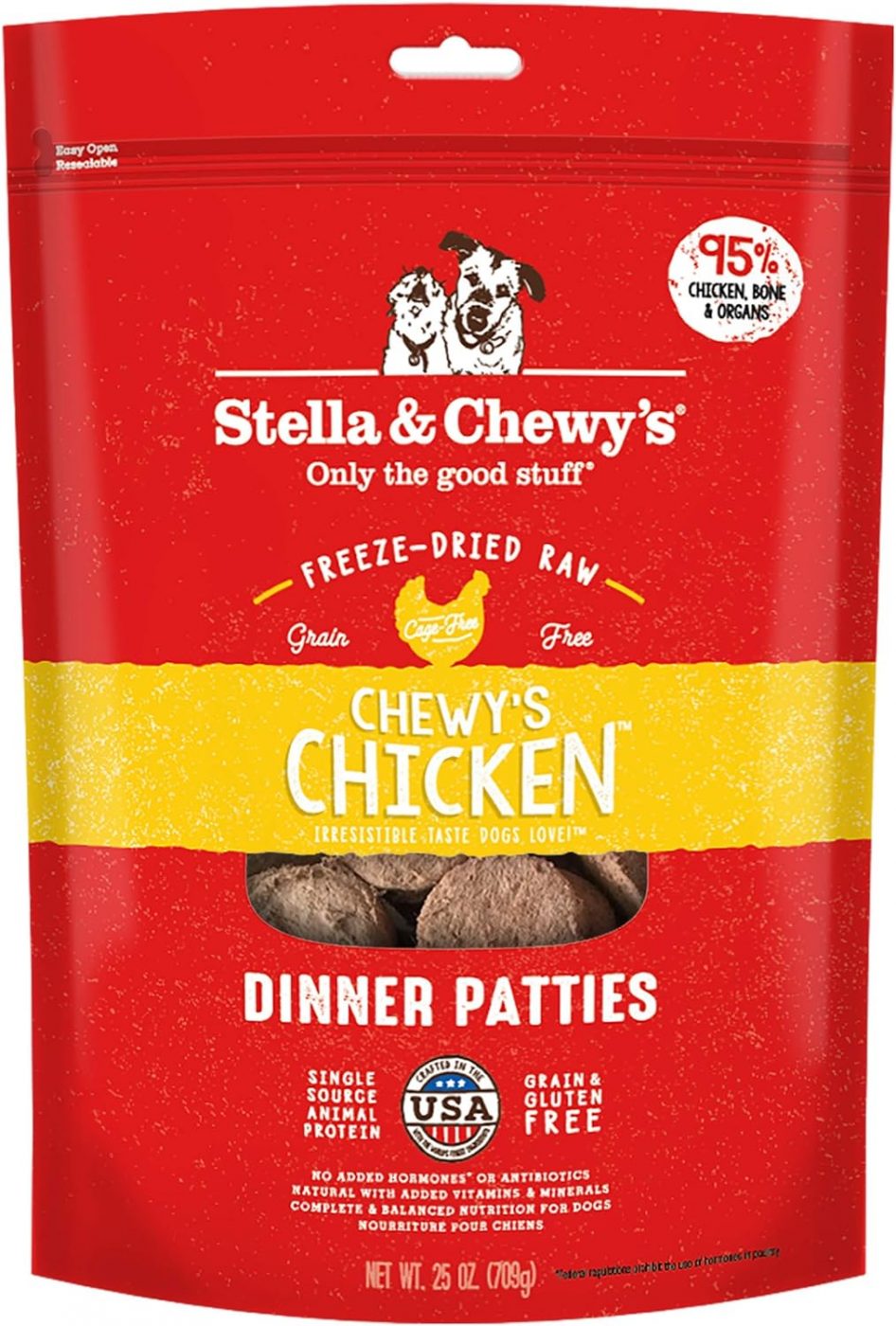
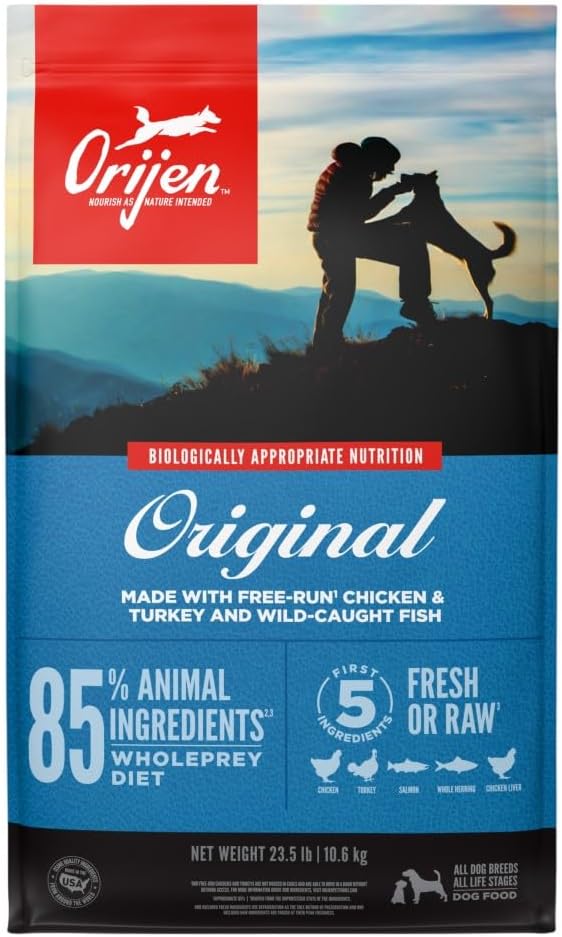
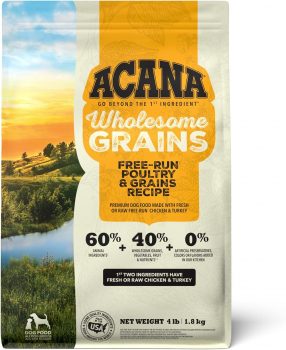
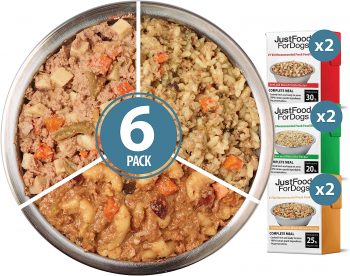
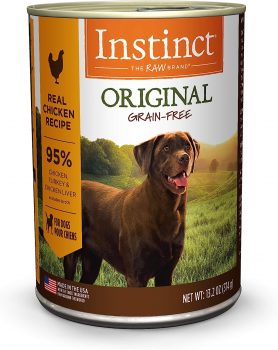
 Toledo, United States.
Toledo, United States.